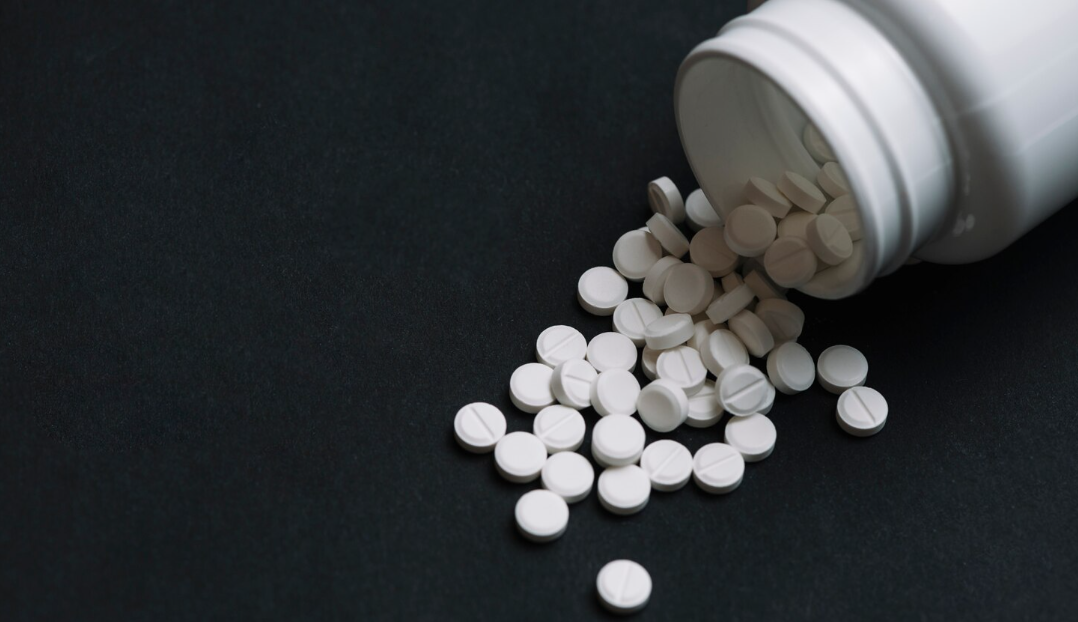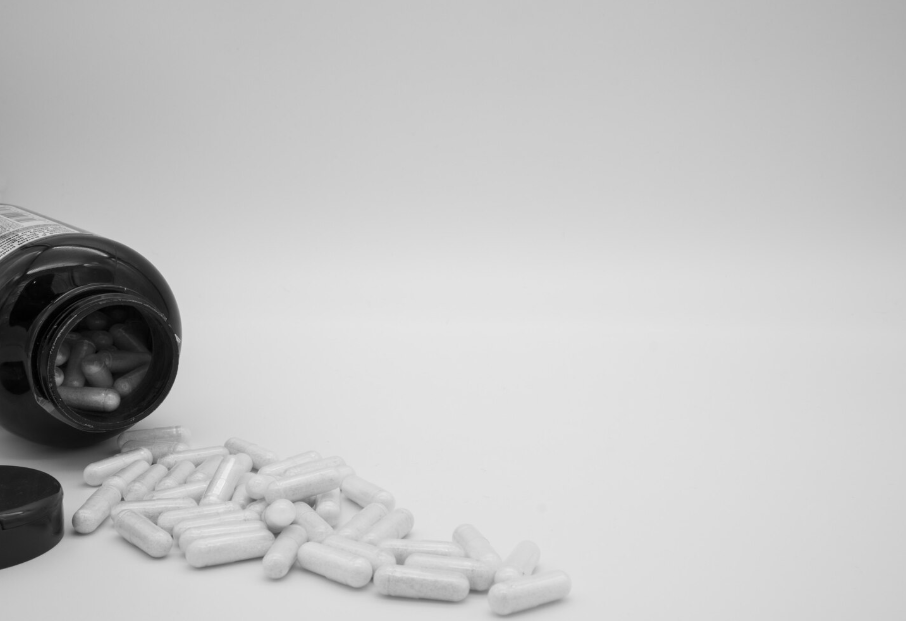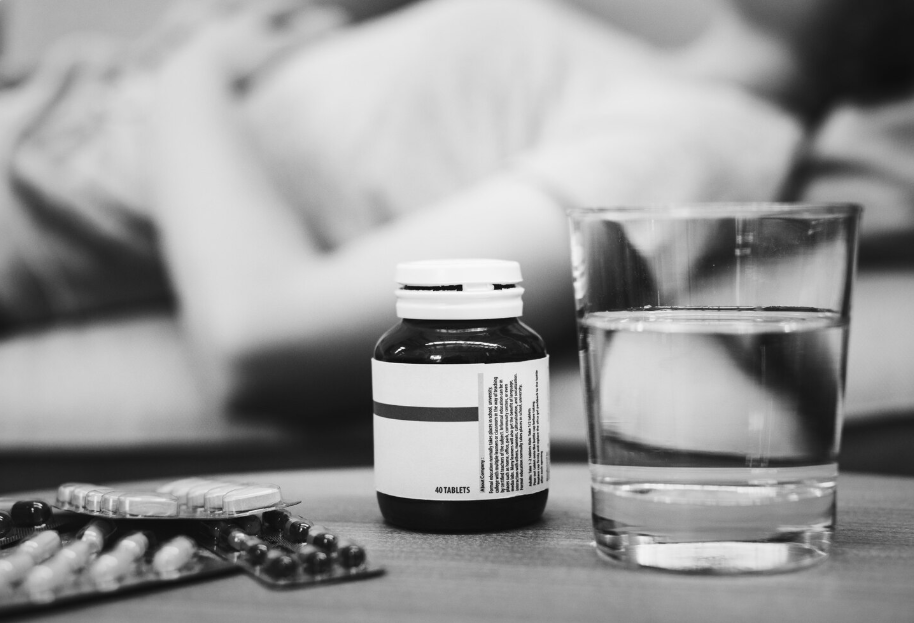Understanding Narcan
Narcan, also known by its generic name naloxone, is a medication that plays a critical role in saving lives during opioid overdose emergencies. This section will provide an introduction to Narcan, explain how it works, and discuss its legal status.
Introduction to Narcan
Narcan is an opioid antagonist, meaning it works by blocking the effects of opioids in the body. It is specifically designed to rapidly reverse the potentially life-threatening effects of opioid overdose. When administered promptly, Narcan can help restore normal breathing and prevent fatal outcomes.
How Narcan Works
Narcan works by binding to the same receptors in the brain that opioids attach to. By doing so, it displaces the opioids and blocks their effects. This action helps to reverse the respiratory depression caused by opioids, which is the main cause of overdose deaths.
Narcan has a high affinity for opioid receptors, allowing it to quickly and effectively reverse the effects of opioids. It can be administered via various routes, including intranasal spray, intramuscular injection, and intravenous injection.
Legal Status of Narcan
Recognizing the importance of Narcan in saving lives, many countries have taken steps to increase its availability and accessibility. In the United States, for example, Narcan is classified as a prescription medication. However, laws have been enacted in many states to make it available without a prescription through mechanisms such as standing orders and pharmacist prescribing.
These legal measures aim to ensure that Narcan is accessible to individuals who may be at risk of opioid overdose, as well as to their family members, friends, and bystanders who may be in a position to provide emergency assistance.
It's important to note that the legal status of Narcan may vary between countries and regions. It is crucial to familiarize oneself with the local laws and regulations regarding Narcan availability and administration.
Understanding the basics of Narcan sets the foundation for comprehending its crucial role in emergency situations. In the following sections, we will explore the different uses of Narcan, its effectiveness, safety considerations, and the ways in which it can be accessed.
Uses of Narcan
Narcan, also known as naloxone, is a medication that plays a crucial role in emergency situations involving opioid overdose. It is a life-saving tool that can rapidly reverse the effects of opioid overdose and prevent fatalities. Let's explore the primary uses of Narcan in more detail.
Emergency Treatment for Opioid Overdose
One of the primary uses of Narcan is for the emergency treatment of opioid overdose. Opioids, such as heroin or prescription pain medications, can cause severe respiratory depression, leading to a life-threatening situation. Narcan works by binding to the same receptors in the brain that opioids target. This binding process rapidly displaces the opioids from the receptors, reversing their effects and restoring normal breathing patterns.
When administered promptly, Narcan can quickly revive an individual experiencing an opioid overdose, providing them with a window of opportunity to receive further medical attention. It is important to note that Narcan is not a cure for opioid addiction but serves as a critical tool to prevent overdose deaths.
Reversing Respiratory Depression
Respiratory depression is a dangerous side effect of opioid use, where breathing becomes slow and shallow, or even stops completely. Narcan is highly effective in reversing respiratory depression caused by opioids. By quickly binding to the opioid receptors in the brain, Narcan restores normal respiratory function, allowing the individual to breathe properly once again.
The prompt administration of Narcan can be a crucial factor in saving lives during opioid-related emergencies. It is essential for individuals, caregivers, and first responders to be aware of the signs of opioid overdose and be prepared to administer Narcan when necessary.
Administration of Narcan
Narcan can be administered in various ways, depending on the situation and available resources. It is available in different formulations, including intranasal sprays and injectable forms. The intranasal spray is particularly user-friendly, making it accessible to a wider range of individuals, including laypersons and first responders.
It is important to note that Narcan administration should not replace the need for emergency medical care. Even if Narcan has successfully reversed the effects of an opioid overdose, it is crucial to seek immediate medical attention to address the underlying cause and ensure the individual's well-being.
The use of Narcan as an emergency treatment for opioid overdose and its ability to reverse respiratory depression make it an invaluable tool in saving lives. Prompt access to Narcan and proper training on its administration can significantly increase the chances of survival in opioid-related emergencies.
Narcan Effectiveness and Safety
When it comes to the effectiveness and safety of Narcan, it is essential to understand how this medication works, its potential side effects, and the importance of proper training for its use.
Effectiveness of Narcan
Narcan, also known as naloxone, is widely recognized for its effectiveness in reversing the effects of opioid overdose. It works by binding to the same receptors in the brain that opioids attach to, blocking their effects and rapidly restoring normal breathing and consciousness.
The effectiveness of Narcan depends on various factors, including the dosage administered, the specific opioid involved, and the individual's overall health condition. In most cases, Narcan can rapidly reverse the life-threatening effects of opioid overdose, providing a critical window of opportunity for emergency medical personnel to intervene and provide further treatment.
Potential Side Effects and Precautions
While Narcan is generally considered safe and well-tolerated, it is important to be aware of potential side effects and take appropriate precautions. Common side effects of Narcan may include:
- Nausea and vomiting
- Sweating
- Rapid heartbeat
- Increased blood pressure
- Agitation
- Headache
These side effects are typically short-lived and subside quickly after administration. However, it is crucial to seek medical attention if any severe or persistent side effects occur.
It's important to note that using Narcan in an individual who is not experiencing an opioid overdose is unlikely to cause harm. Therefore, if there is uncertainty about the cause of an individual's symptoms, it is still appropriate to administer Narcan as a precautionary measure.
Training for Narcan Use
Proper training is crucial for individuals who may need to administer Narcan in emergency situations. Training programs are available to educate individuals on how to recognize the signs of opioid overdose, administer Narcan correctly, and provide essential first aid until medical professionals arrive.
Training for Narcan use typically covers the following aspects:
- Recognition of opioid overdose symptoms
- Proper administration techniques, including nasal spray or intramuscular injection
- Understanding the appropriate dosage and timing of Narcan administration
- Emergency response procedures and contacting emergency medical services
By providing comprehensive training, individuals can confidently and effectively administer Narcan when faced with an opioid overdose emergency, potentially saving lives.
It is essential to remember that Narcan is not a substitute for emergency medical care. Even if Narcan is administered successfully and the individual appears to have recovered, it is crucial to seek immediate medical attention to address the underlying cause of the overdose and provide necessary follow-up care.
Through understanding the effectiveness and safety of Narcan, individuals can play a vital role in preventing opioid-related fatalities and providing critical support during opioid overdose emergencies.
Accessing Narcan
When it comes to accessing Narcan, it's crucial to ensure its availability and understand how to obtain it. Narcan, also known as Naloxone, is a life-saving medication used to reverse opioid overdoses. Let's explore the availability and ways to obtain Narcan.
Availability of Narcan
In recent years, efforts have been made to increase the availability of Narcan to combat the opioid crisis. Narcan is now widely accessible and can be obtained through various channels, including:
It's important to note that the availability of Narcan may vary depending on your location and local regulations. Checking with local resources is essential to determine the specific availability of Narcan in your area.
Obtaining Narcan
Obtaining Narcan can be a simple process, and there are multiple ways to acquire it. Here are a few common methods:
- Purchase from a Pharmacy: Many pharmacies now offer Narcan without a prescription. You can visit a nearby pharmacy and inquire about purchasing Narcan over the counter. The pharmacist can provide guidance on its proper use and administration.
- Prescription from Healthcare Provider: Consult your healthcare provider, such as a doctor, nurse practitioner, or pharmacist, to discuss your concerns about opioid overdose and determine if a prescription for Narcan is appropriate for you or someone in your care. They can provide guidance on proper usage and any potential interactions with other medications.
- Community Programs and Overdose Prevention Programs: Check with local community centers, health clinics, or organizations focused on substance abuse prevention. They may have Narcan distribution programs or provide training sessions on how to administer Narcan effectively.
Remember, Narcan is a critical tool in opioid overdose response, and having it readily available can save lives. If you or someone you know is at risk of opioid overdose, take the necessary steps to access Narcan and familiarize yourself with its proper usage. Being prepared and equipped with Narcan can make a significant difference in critical moments.
Accessing Narcan
Access to Narcan, a life-saving medication, is crucial in situations where opioid overdose occurs. This section will explore the availability of Narcan and how it can be obtained.
Availability of Narcan
Narcan, also known by its generic name naloxone, is widely available across the United States. It can be obtained in various settings, including pharmacies, community health centers, and harm reduction organizations. In recent years, there has been a push to increase the accessibility of Narcan to ensure its availability in critical moments.
Many states have implemented standing order laws that allow pharmacists to dispense Narcan without an individual prescription. This means that individuals can walk into a pharmacy and obtain Narcan without needing to see a healthcare provider. This initiative aims to remove barriers and make Narcan readily accessible to those who may encounter an opioid overdose situation.
Obtaining Narcan
There are several ways to obtain Narcan. These include:
- Pharmacies: Narcan can often be obtained directly from a pharmacy. Some pharmacies may require a prescription, while others operate under standing order laws that allow pharmacists to dispense Narcan without an individual prescription. It is advisable to contact your local pharmacy to inquire about their specific procedures.
- Community Health Centers: Many community health centers offer Narcan to individuals who may be at risk of witnessing or experiencing an opioid overdose. These centers may provide education and training on the proper administration of Narcan as well.
- Harm Reduction Organizations: Various harm reduction organizations distribute Narcan as part of their efforts to prevent overdose deaths. These organizations often provide comprehensive overdose prevention training along with the distribution of Narcan.
It is important to note that while Narcan can be obtained without a prescription in many places, it is essential to receive proper training on its administration. This training ensures that individuals are equipped with the knowledge and skills to respond effectively during an opioid overdose emergency.
By increasing the availability of Narcan and providing education on its use, more lives can be saved in critical moments. If you or someone you know may be at risk of witnessing or experiencing an opioid overdose, it is highly recommended to explore the options available for obtaining Narcan and to seek training on its administration.
Sources
1. https://nida.nih.gov/naloxone
2. https://www.samhsa.gov/naloxone








.png)
.png)
.png)
.png)